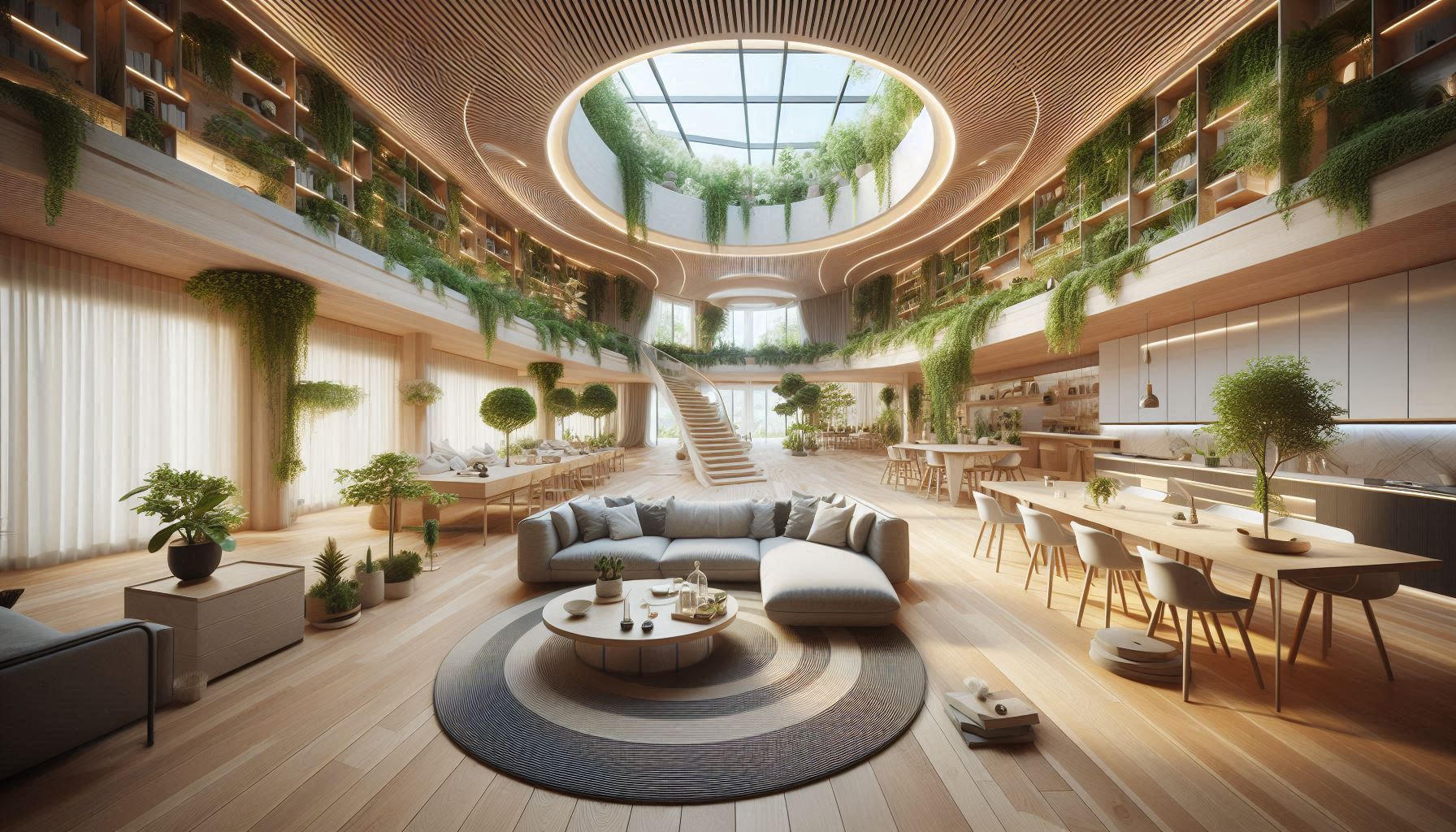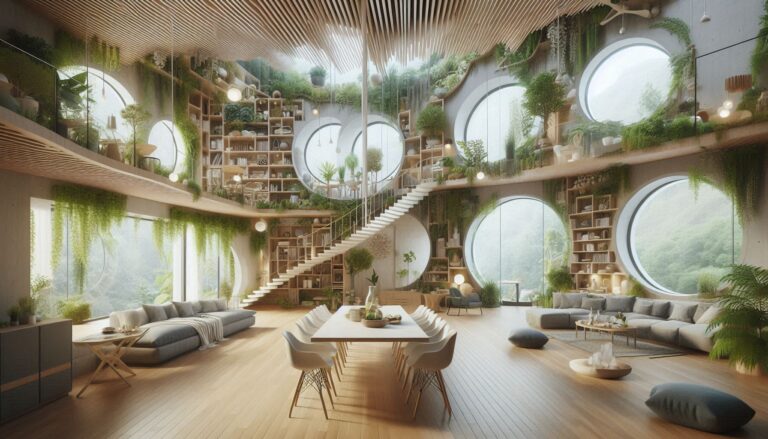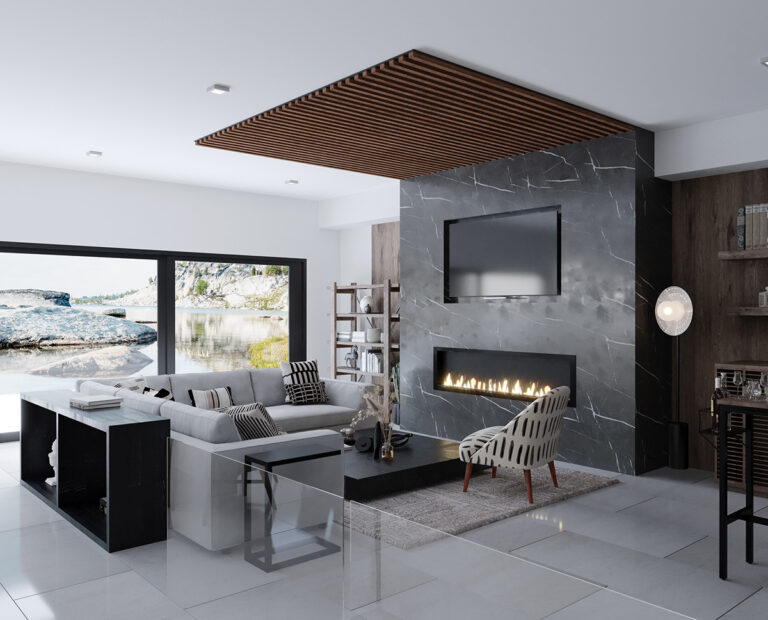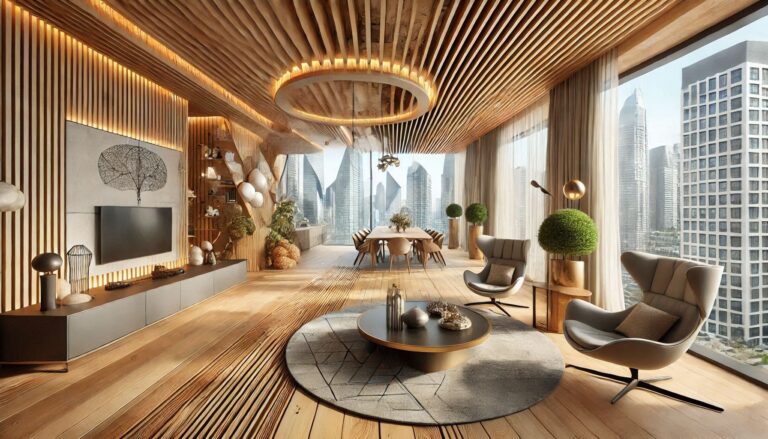Breaking Boundaries: The Latest Innovations in Sustainable Architecture

Sustainable architecture is pushing the boundaries of design and technology, striving to create buildings that are not only energy-efficient but also resource-conscious and eco-friendly. Innovations in sustainable design are enabling architects to address climate change while offering new ways to rethink building materials, processes, and lifestyles. Here’s a look at some of the latest breakthroughs in sustainable architecture:
1. Green Roofs and Vertical Gardens
One of the most innovative trends in sustainable architecture is the widespread adoption of green roofs and vertical gardens. These living systems help combat urban heat islands, reduce energy costs, and improve air quality. Green roofs act as natural insulation, reducing the need for air conditioning and heating, while vertical gardens can transform urban spaces by bringing nature back into cities. These green spaces are becoming essential in the fight against climate change.
2. Solar Power Integration
The integration of solar energy into architecture has reached new heights. Photovoltaic glass, which doubles as both a building material and an energy source, is being used to create solar windows, facades, and roofs. This technology allows buildings to generate their own energy without sacrificing aesthetic appeal. Buildings are becoming self-sustaining, with solar panels designed to blend in harmoniously with the architecture.
3. 3D-Printed Buildings with Sustainable Materials
3D printing technology has been embraced by sustainable architecture for its ability to create structures with minimal waste. Using eco-friendly materials like recycled plastics or bio-based materials, 3D printing is allowing architects to design and construct buildings with less environmental impact. This technology also enables the creation of complex shapes and structures that would be impossible with traditional construction methods.
4. Passive Design Principles
Passive design principles are being adopted more widely to optimize energy efficiency. These strategies focus on using natural resources like sunlight, wind, and thermal mass to reduce reliance on artificial heating, cooling, and lighting. Buildings designed with passive principles include features like proper insulation, thermal windows, and strategic orientation to maximize solar gain, ensuring that the building remains comfortable year-round with minimal energy consumption.
5. Waste-Reducing Architecture: Upcycled and Recycled Materials
Sustainable architecture is increasingly focused on reducing waste and reusing materials. The use of reclaimed wood, recycled metal, and repurposed concrete in new construction projects is becoming more prevalent. Not only does this reduce the environmental footprint of construction, but it also gives new life to materials that would otherwise end up in landfills.
6. Net-Zero Buildings and Regenerative Design
The concept of net-zero buildings, where the energy consumed by a building is equal to the amount of energy it generates, is gaining traction. With advancements in energy-efficient systems, renewable energy sources, and smart design, net-zero buildings are becoming more feasible and common. Furthermore, regenerative design, which focuses on creating buildings that have a positive impact on the environment by generating energy or restoring ecosystems, is on the rise.
Conclusion
The latest innovations in sustainable architecture are transforming how buildings are designed, constructed, and experienced. From green roofs to 3D-printed buildings and passive design strategies, architects are breaking boundaries to create eco-friendly structures that are efficient, beautiful, and sustainable. As the field evolves, sustainable architecture will continue to play a crucial role in addressing the challenges of climate change and building a greener fut






